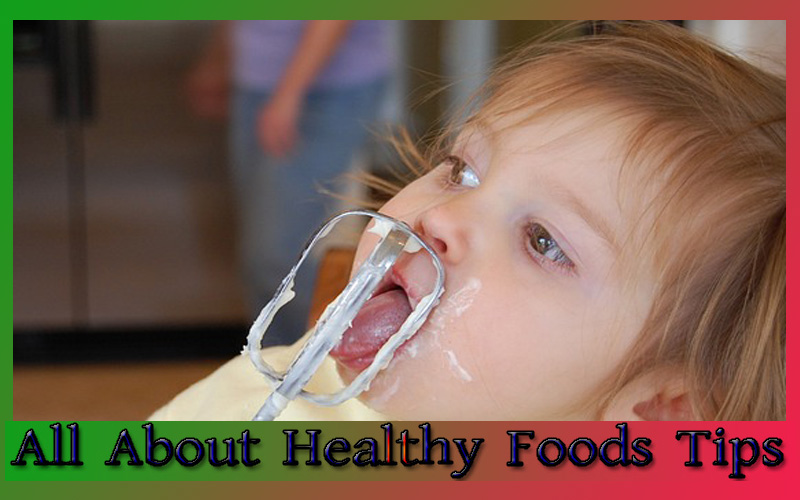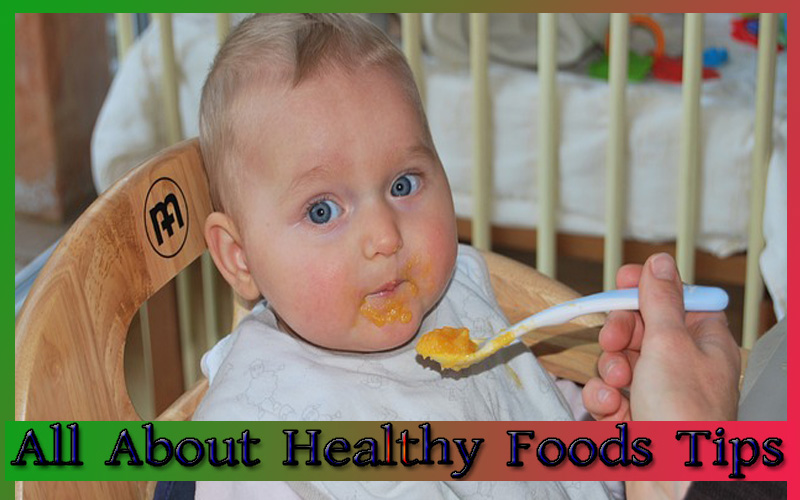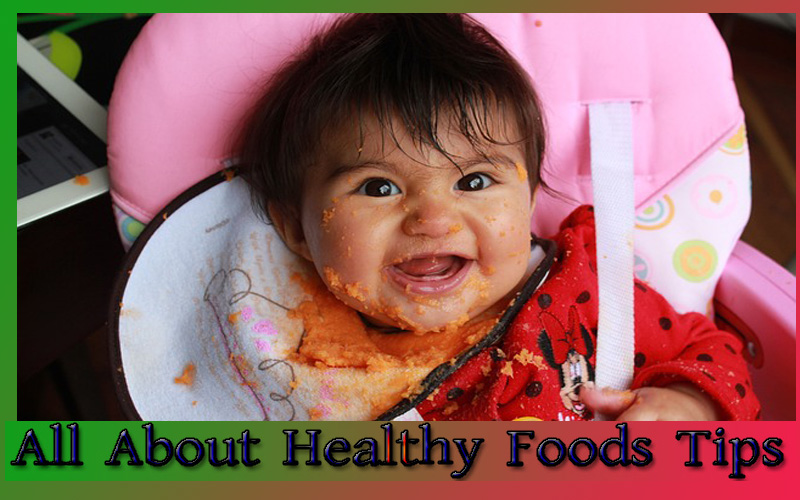Breakfast for 11 month old
Breakfast for 11 month old-Breakfast for a one year old might include a piece of toast with peanut butter or jam, a boiled egg, or cereal. For a two year old, their breakfast might include toast, cereal, or a yogurt with a granola bar. For a three year old, they might have cereal or toast with a yogurt. For a four year old, they might have cereal with a banana or a piece of fruit.

For a five year old, they might have cereal, toast, and a yogurt. For a six year old, they might have cereal with a piece of fruit, toast, or yogurt. For a seven year old, they might have cereal and toast
- Protein
Protein is made up of molecules called amino acids (like lysine) which are responsible for the formation of muscle, skin, hair, nails, and blood. Proteins are essential to human nutrition, and the body obtains them from food. There are two types of protein; complete protein and incomplete protein. Complete proteins have all eight of the necessary amino acids present, while incomplete proteins do not.
- Carbohydrates
Carbohydrates are the primary energy source of the body. In humans they are stored mainly in the liver and muscles, and provide about ten percent of our daily calories. Carbohydrates are broken down into glucose after digestion, which is then absorbed by the small intestine and transported throughout the body via the bloodstream.
- Fat
Fat is the second largest organ of the body and consists primarily of triglycerides. It provides insulation, cushioning, lubrication, and protection for internal organs. We need fat to survive, and it’s what fuels us. When we eat foods high in saturated fats, cholesterol levels rise. Excess cholesterol can lead to heart disease and stroke.
- Fiber
Fiber helps to prevent constipation, aids digestion, and may lower cholesterol. Dietary fiber is found in fruits, vegetables, nuts, seeds, whole grains, legumes, and dairy products.
- Water
Water is essential to life. Without water, the body cannot function properly. As a result, drinking enough water each day should be a top priority. The average person should drink at least half their body weight in ounces of water each day.
- Oatmeal
Oatmeal is a great breakfast food for infants and toddlers. If you have a baby who still likes pureed foods, then oatmeal may be best for them. You can make oatmeal by simply boiling water until it starts to bubble, then adding some oats and letting simmer for about 10-15 minutes. Pureeing is optional, but if you do want to puree the mixture, add less liquid than you think you need and let sit for a few moments before serving.
- Milk
Milk is a great choice for babies over cereal. Adding a bit of milk to their cereal gives them something extra to chew on, plus it helps keep them full longer. A cup of warm milk mixed with 2 tablespoons of sugar is perfect for a cold morning!
- Eggs
Eggs are a great protein-rich option for children. Try scrambling eggs and mixing them with pasta or rice for a quick meal.
- Yogurt
Yogurt contains probiotics, which help to promote healthy gut flora. Probiotics are good for your child’s immune system, digestive tract, and general well being. Adding yogurt to smoothies is great for kids too.
- Toast
Toast is not only delicious; it is also packed with vitamins and minerals that your little one needs. Add some butter or jam to toast and cut into bite sized pieces for your toddler.
- Juice
Juice is another great way to get fruit into your infant’s diet. Try making juice out of fresh fruits and vegetables and give them to your baby.
- Fruit
Freshly sliced fruit is always a hit with young ones. Cut bananas or strawberries into small pieces and serve them alone or mix them with yogurt, milk, or ice cream.
Menu 11 month old baby food ideas
Kind of food should he or she eat? What’s the best way to introduce new foods? And what about the old standbys: Breast milk, formula, and solid foods? Here are 11 menu ideas for feeding a one- or 11-month-old baby:

Breast milk, formula, and solid foods: If your baby is eating solid foods, he or she is growing and developing. It’s important to provide a variety of foods to nourish him or her and help him or her develop healthy eating habits. Try introducing different types of solid foods and see
- Sweet Potato
Sweet potatoes are considered a superfood and have numerous nutritional benefits. They have high amounts of beta-carotene and vitamin A, they help promote bone formation, and they’re full of antioxidants. They also have fewer calories than white potatoes making them perfect for feeding young babies.
- Peas
Peas are known to be a great source of protein and fiber, and they have the added benefit of being low in sodium. They’re also rich in iron, folic acid, niacin, thiamine, phosphorus, vitamin B6, vitamin K, and zinc.
- Banana
Bananas are packed full of potassium, fiber, and vitamins A and C. They also have a good amount of protein, and they’ve been shown to reduce cholesterol levels. Bananas are also a great way to get your little ones used to eating vegetables.
- Carrot
Carrots are loaded with vitamin A, fiber, and potassium. They’re ideal for babies since they’re small enough to chew easily and are sweet tasting.
- Apple
Apples are a great source of fiber, vitamin C, and potassium. They also have some anti-inflammatory properties and may even protect against cancer. Apples make a great snack for kids and are especially good for teething babies.
- Spinach
Spinach is chock-full of nutrients including vitamin A, vitamin C, vitamin K, folate, iron, magnesium, and manganese. Not only does spinach provide these vitamins and minerals, it also provides a great source of fiber.
- Blueberries
Blueberries are filled with antioxidants, fiber, and vitamins. They’re an excellent source of vitamin C, fiber, and potassium, and they may even increase brain function.
Breakfast for babies 10 month
As your baby grows, so does their appetite! By 10 months old, most babies are eating three small meals a day, plus a few snacks in between.
When it comes to breakfast, there are a lot of options for 10 month olds. Here are a few ideas to get you started:
- Oatmeal with fruit: Cook oatmeal according to package directions, then top with fresh or frozen fruit.
- Banana pancakes: Mash a ripe banana, then mix in an egg, a tablespoon of flour, and a pinch of baking powder. Cook on a griddle or in a non-stick pan over medium heat.
- Scrambled eggs: Whisk together eggs, then scramble in a non-stick pan over medium heat. Add in shredded cheese, diced ham, or chopped vegetables like peppers or onions.
- Yogurt with berries: Top plain or vanilla yogurt with fresh or frozen berries.
Lunch ideas for 11 month old
Here are some ideas for quick and easy lunch ideas for 11 month old babies:
- One easy and tasty option is a tummy time tummy time. This is a fun and interactive activity that helps keep babies occupied and away from screens for a little while.
- Another great idea is a cold lunch. This can include a pacifier, some grapes, a small amount of cheese or fruit, and a small toy.
- Another great idea is a fruit and yogurt lunch. This can include a small amount of fruit, yogurt, and some grapes.
– A&E – Chicken nuggets & fries {Chicken nuggets are a great option for toddlers who are just starting to eat solid foods. They tend to have fewer allergens than beef or pork and they’re high in protein}
Best Finger Foods for an 8 Month Old
– Apple slices dipped in peanut butter {Peanuts and apples go together well! Peanut butter is a good source of iron and vitamin E, while apples provide fiber, potassium, and antioxidants.}
– Hot dogs (or hamburgers) with cheese {Hot dogs are a quick way to get kids to try something new. If you’d rather make burgers, choose ground turkey over regular red meat. Turkey tends to be lower in fat and higher in protein than beef, making it a healthier choice.}
– Whole grain bread {Breads are a favorite lunchtime food for many children. Try using whole wheat instead of white bread. You’ll add fiber, vitamins B and D, and calcium.}
– Fruit salad {Fruit salads are a great way to give young kids some variety in their meals. Choose fruit that’s low in sugar and high in fiber. Bananas, berries, peaches, grapes, and pears are good choices.}
– Egg salad sandwich {Egg salad sandwiches are a kid-friendly version of tuna salad. To keep things interesting, mix in different veggies like tomatoes, green peppers, celery, lettuce, and carrot sticks.}
– Green beans {Green beans are a delicious side dish that can be mixed with pasta or rice for a hearty meal. Make sure to wash them thoroughly to remove any dirt and pesticides.}
– Milk {Milk is a nutritious drink that can help boost a child’s immune system. It also provides calcium and vitamin D, two nutrients that promote strong bones and teeth.}
– Oatmeal {Oatmeal is a great breakfast cereal full of fiber, vitamins, and minerals. Add raisins or dried cranberries for extra flavor.}
– Yogurt {Yogurt is a tasty treat that’s packed with probiotics to help maintain digestive health. Kids love the tangy taste of yogurt.}
– Popcorn {Popcorn is a fun snack that gives you control over how much salt and butter you put in it. Have fun adding toppings like grated Parmesan cheese, fresh herbs, crushed pepper flakes, or even sprinkles.}
– Brownies {Brownies are dense, chewy, chocolate confections that are perfect for adults and kids alike. These brownies are loaded with nuts and seeds for added nutrition.}
– Pizza {Pizza is a classic American food that kids enjoy. Serve it on a plate or slice it into wedges so they can pick at it without getting messy.}
– Sushi {Sushi is a popular Japanese food that kids adore. Roll it in nori seaweed paper before serving it for a nice presentation.}
– Soft pretzels {Soft pretzels are a crispy snack that kids will love eating. Dip them in ketchup for a sweet and savory experience.}
Finger Foods for 11 Month Old
This video shows you how to make finger foods for an 11-month-old baby. I have included some videos showing you what I do at each step. Please let me know if you find them useful!
My son loves these finger foods and they are really simple to prepare. He likes them because they are tasty and he gets to play with different textures. You could use any vegetables that you want – just cut them into small pieces.
Here’s what we use:
- 1 carrot
- 1 sweet potato
- 2 cucumber slices
- 1 celery stick
- 1/2 red pepper (cut into thin strips)
- 1 tablespoon of cheese (we like mozzarella)
- 1 tablespoon peanut butter
- 1 tablespoon almond butter
- 1 garlic clove
- 1 teaspoon oregano














No comments:
Post a Comment